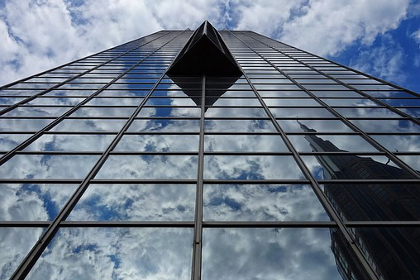
These Super-Low Energy Apartments Will Be Part Of The Largest Passive House Complex In The World
Sitting on a piece of land roughly the size of a football field in a former freight yard in Heidelberg, Germany, a new 162-unit apartment complex called Heidelberg Village is part of the Bahnstadt District, which will be the largest passive house development in the world.
August 30, 2016 | Source: Fast Company | by Adele Peters
The 162 apartments of Heidelberg Village all will use just a tiny fraction of the energy necessary to heat and cool "normal" houses.
Sitting on a piece of land roughly the size of a football field in a former freight yard in Heidelberg, Germany, a new 162-unit apartment complex called Heidelberg Village is part of the Bahnstadt District, which will be the largest passive house development in the world.
To meet the exacting "Passivhaus" standard, buildings can only use a tiny amount of energy for heating and cooling. Even with cold German winters, the complex will never use more than 15 kilowatt-hours of energy for heating per square meter in a year; a "normal" building might use 100 to 300 kWh.
The scale of the development actually made it easier to save energy. "The reason is the volume to surface ratio," says Wolfgang Frey, head of Frey Architekten, the sustainable architecture firm that designed the complex. The buildings—one five stories high, and the other ranging from five to eight stories—are plastered with energy-producing solar panels on the facades, not just on the roof.
The placement of the panels and the buildings also helps save energy. "Because we are able to produce shade with the solar panels, it has a dual purpose: energy production all the time and cooling in the summertime," he says. "Because the dwellings are close together, we lose less heat and produce more energy by using every surface we can to generate it."
The design is as airtight as possible, but also includes windows that can open, something that used to be rare in buildings aiming to be ultra-efficient.
"About a decade ago it was common for passive houses to be built without openable windows," Frey says. "How ridiculous! First of all, it was a stupid idea to dictate to people that they are not allowed to open the windows. But it’s also is a stupid idea to use technical devices for air exchange throughout the entire year. What a waste of energy."
